Strides in Improving Reliability
Thanks to its funding partners, Metro is now 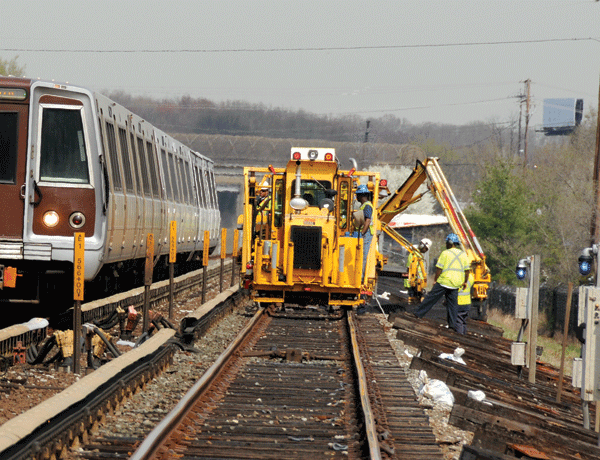 engaged in the largest capital improvement program since its original construction. Two years ago, MetroForward was launched – an aggressive, $5 billion, six-year investment program to rebuild the system. MetroForward is investing in what Metro’s customers value most: safety, reliability, and good customer service. With continued investment, it is projected that Metro will continue to make progress on the intensive MetroForward “catch up” phase in the years ahead. MetroForward has already delivered:
engaged in the largest capital improvement program since its original construction. Two years ago, MetroForward was launched – an aggressive, $5 billion, six-year investment program to rebuild the system. MetroForward is investing in what Metro’s customers value most: safety, reliability, and good customer service. With continued investment, it is projected that Metro will continue to make progress on the intensive MetroForward “catch up” phase in the years ahead. MetroForward has already delivered:
- An aggressive escalator rehabilitation program;
- Continued improved elevator availability;
- Station repairs at Judiciary Square, Shady Grove, Rockville, White Flint, Twinbrook and Union station;
- 461 new MetroAccess vehicles in service;
- Over 200 new replacement or rehabilitated buses in service;
- Electrical upgrades to accommodate additional eight-car trains on some lines; and
- Replacement of over 14.7 miles of rail; 36 No. 8 guarded switches; 16,000 ties; 11,731 cross ties; 62,723 linear feet of running rail; 20,745 fasteners; 8,849 insulators; and 9,829 linear feet of grout pads.

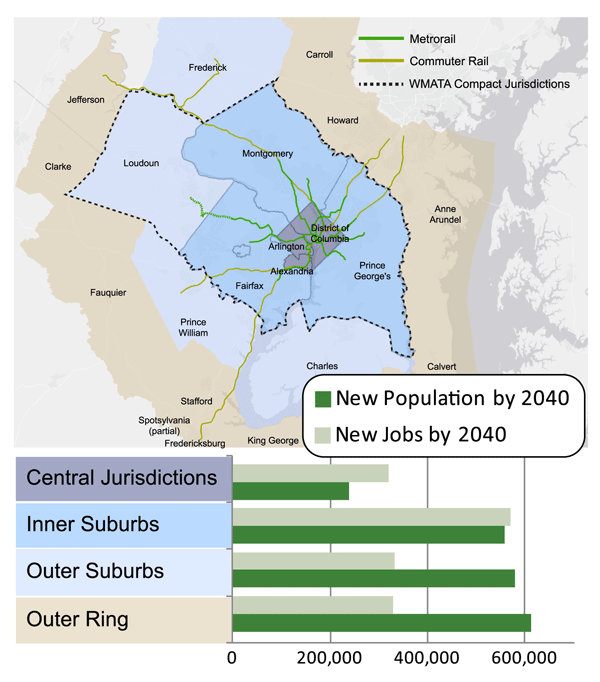
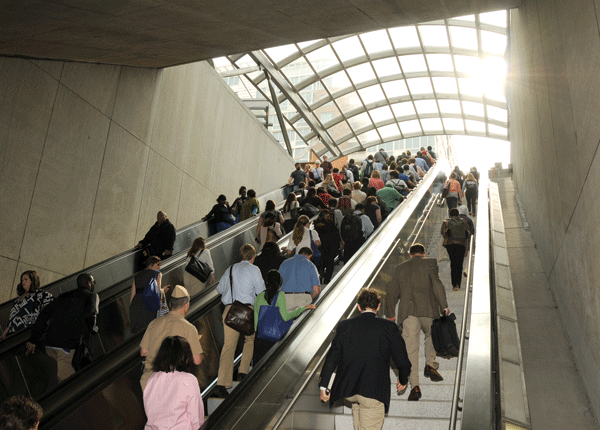
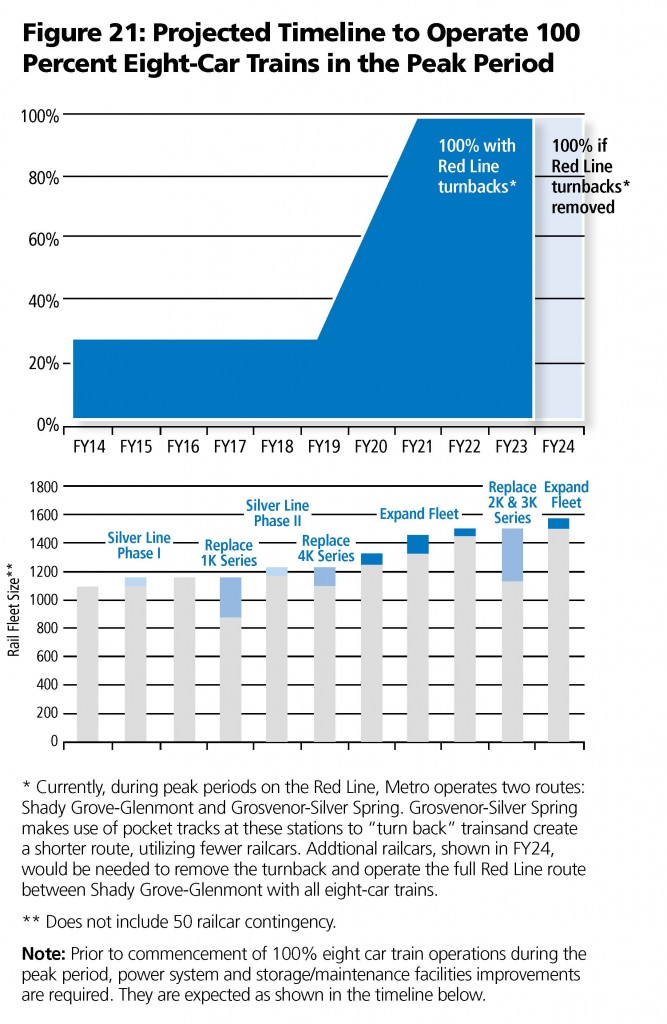
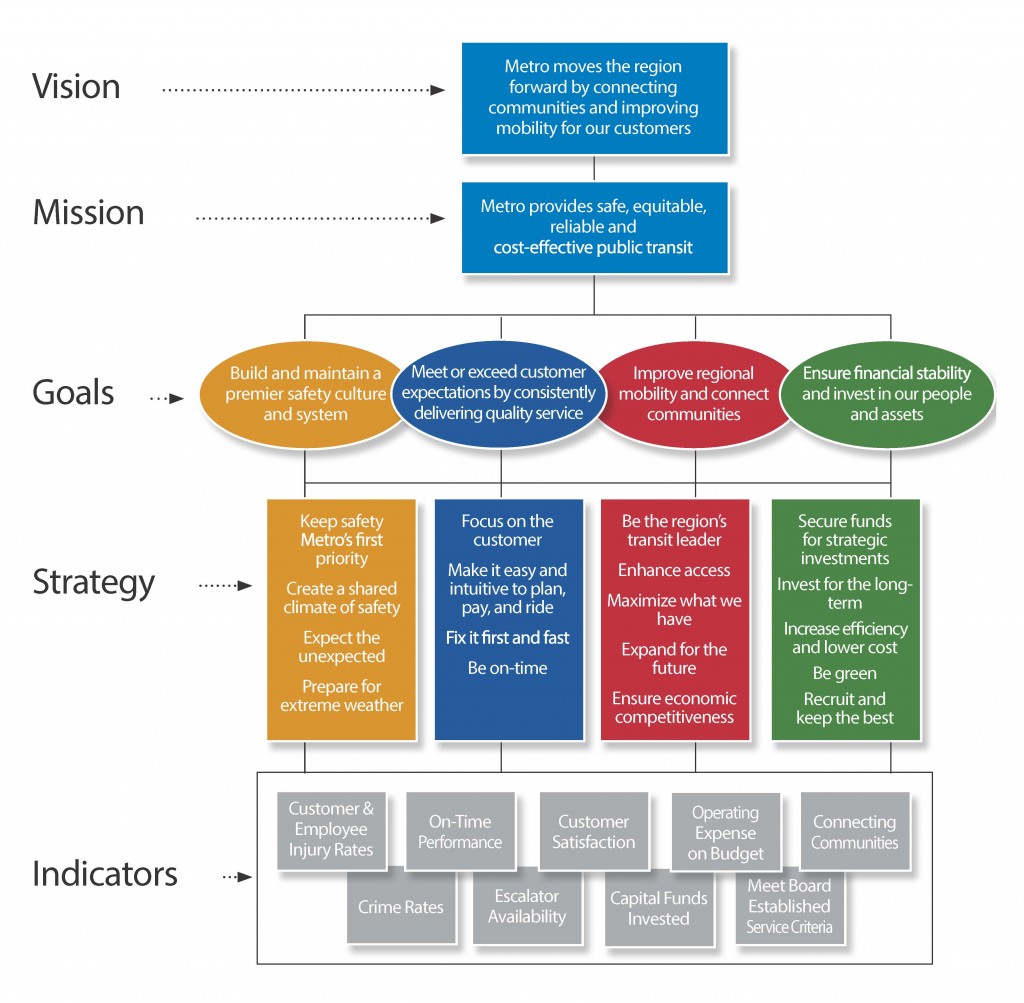
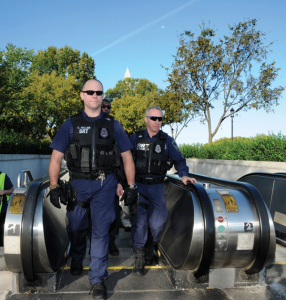
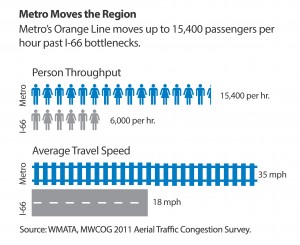
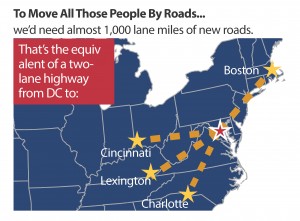
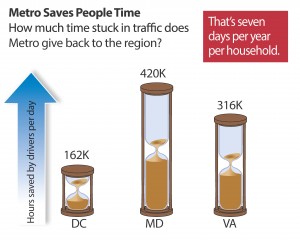
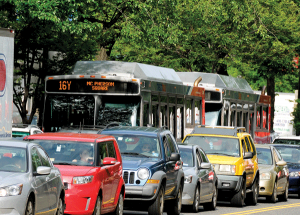


Recent Comments